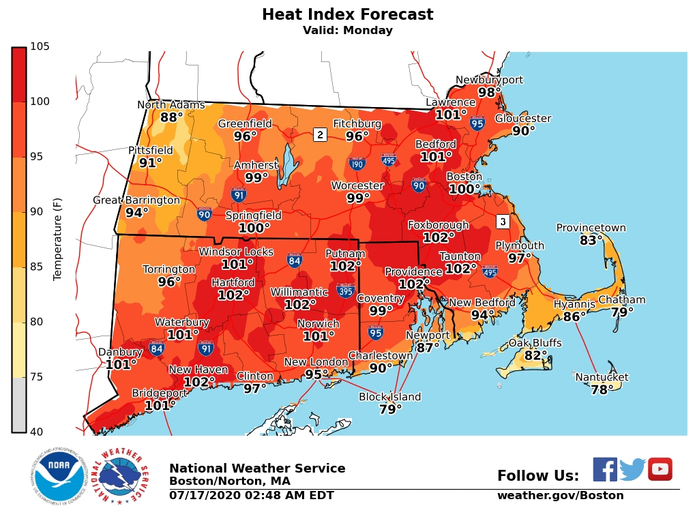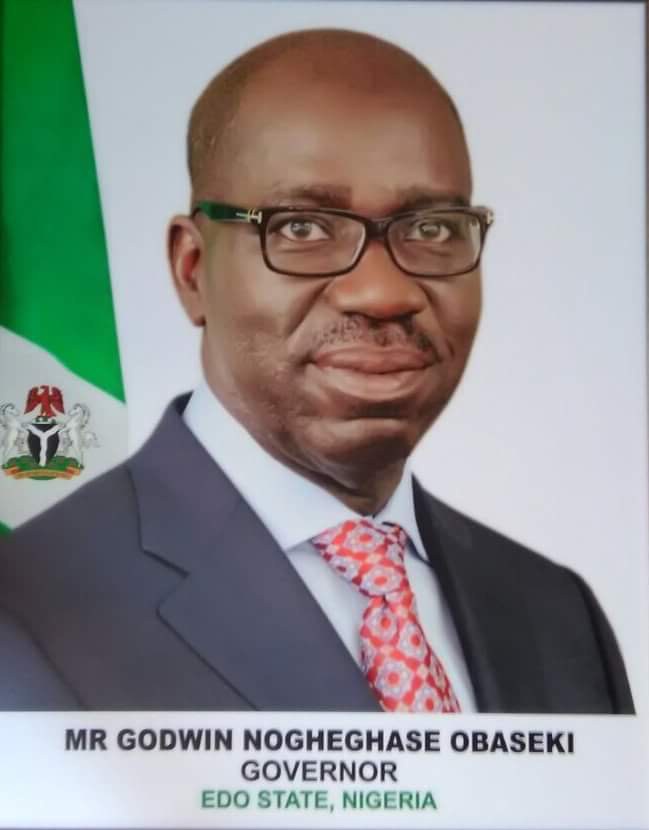MASSACHUSETTS — State education officials are echoing Gov. Charlie Baker’s desire to see school districts in communities with a relatively low rate of coronavirus cases to bring students back to class, an expectation that may send already-harried districts scrambling so late in the game.
The Boston Globe obtained a letter Education Commissioner Jeffrey Riley wrote to superintendents Tuesday imploring them to use the state’s new color-coded map to influence their decision on whether to bring children back to school — a decision that is due Friday.
“It is our expectation that districts’ learning models will follow this color-coded metric unless there are extenuating circumstances identified after consultation with local boards of health,” Riley said, according to The Globe. “This includes reviewing additional metrics, such as whether cases are increasing or decreasing, the local test positivity rate, and other contextual factors.”
Riley added, “We expect these updated metrics and related guidance will support your decision-making both for school reopening and throughout the year if we encounter changing circumstances.”
Most districts have already decided on how they will reopen schools, with some choosing to start fully remote. Others have opted for a hybrid plan that would bring students back on an irregular schedule.Subscribe
The color-coded map indicates where the highest COVID-19 rates are across the state.
Chelsea, Everett, Lynn and Revere were marked red — or at high risk — due to more than eight confirmed COVID-19 cases per 100,000 residents over the past two weeks.
The following are the communities that were marked yellow — or at moderate risk — due to between four and eight confirmed COVID-19 cases per 100,000 residents over the past two weeks:
Auburn, Belchertown, Boston, Brockton, Charlton, Chicopee, Fall River, Framingham, Georgetown, Granby, Holyoke, Hull, Lawrence, Longmeadow, Malden, Marlborough, Maynard, Middleton, Northampton, Peabody, Quincy, Randolph, Salem, Saugus, Springfield, Taunton, Winthrop, Worcester and Wrentham.
The other 318 communities in Massachusetts were given green (fewer than four confirmed COVID-19 cases per 100,000 residents over the past two weeks) or white (fewer than five overall confirmed COVID-19 cases over the past two weeks) designations.
It’s those communities Riley and Baker would expect to see return to class.
“If you’re in a green or a white community, I can’t imagine a good reason not to go back, whether it’s full-time or some sort of hybrid,” Baker said.
Baker said he and Lt. Gov. Karyn Polito reached out to the leaders of the 33 higher-risk communities to work together in stemming the spread of COVID-19 through increased testing, contact tracing and communication.
The communities will also likely be where the state’s new intervention and enforcement team gets to work. Baker said officials in those communities repeatedly talked about residents getting too lax with parties and face coverings, things the team could target.
Police can now enforce the order on gathering restrictions and fine event hosts in violation up to $500. Baker said the point isn’t to hit people with onerous fines, but to ensure compliance with public health orders.
PEABODY, PATCH







